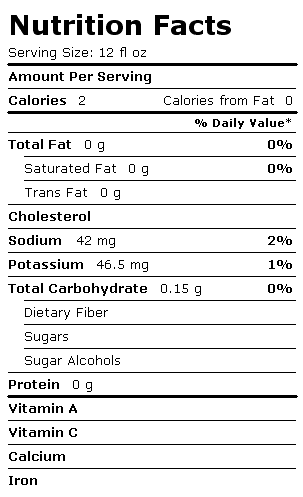As I just read the news that “WestJet Beats Air Canada For Customer Satisfaction In Survey Conducted By TNS Canada”, participants were asked to rate airlines in the categories of “genuinely cares”, WestJet’s scores were approximately double that of Air Canada’s.
As much as I love my group project and I got the chance to know about WestJet through the whole teamwork in this marketing course, I decided to spend more time digging more information of how WestJet manages to build up its public relations in a way to reflect its culture and maintain its positive friendly image.
WestJet offers event sponsorship to Fun n Festival Series, as fun is an important aspect of the culture at WestJet, so it makes sense that WestJet partners with some of the best festivals from coast to coast. Also WestJet get more access to potential customers who values “fun” in the festival, so I would say it’s a smart way to build a positive image and build up more relations to the public via doing sponsorship to this event.
 (http://www.upmagazine.com/blog/mt-norquay-gets-head-start-2012-2013-ski-season)
(http://www.upmagazine.com/blog/mt-norquay-gets-head-start-2012-2013-ski-season)
If you take a look at the paragraph captured from the blog of WestJet, the way that they talk is not selling you the package of a vacation but telling you the way to plan an excellent vacation. “We”s are used as WestJet and “you” are our guests in the blogs. They get the customers involved and reach the potential customers in a folksy and egalitarian approach.
 (http://blog.aircanadavacations.com/disney-cruise-line/)
(http://blog.aircanadavacations.com/disney-cruise-line/)
This is another capture from the blog of Air Canada-the largest competitor of WestJet in the domestic market. There is no doubt that Air Canada does a good job in conveying the clear message of what the package of the wonderful Disney cruise contains. However, when we compare it with what WestJet does, this is not as interesting as somehow consumers foresee how the vacation will be like through the company’s public relations and they cannot see the added value, fun, for this vacation.
We can see through the differences between WestJet and Air Canada in terms of public relations. There is obviously no “right” and “false” answer to how to build and maintain relationships with the public, but it seems customers do have a preferred way of receiving the messages from the alternative companies.






